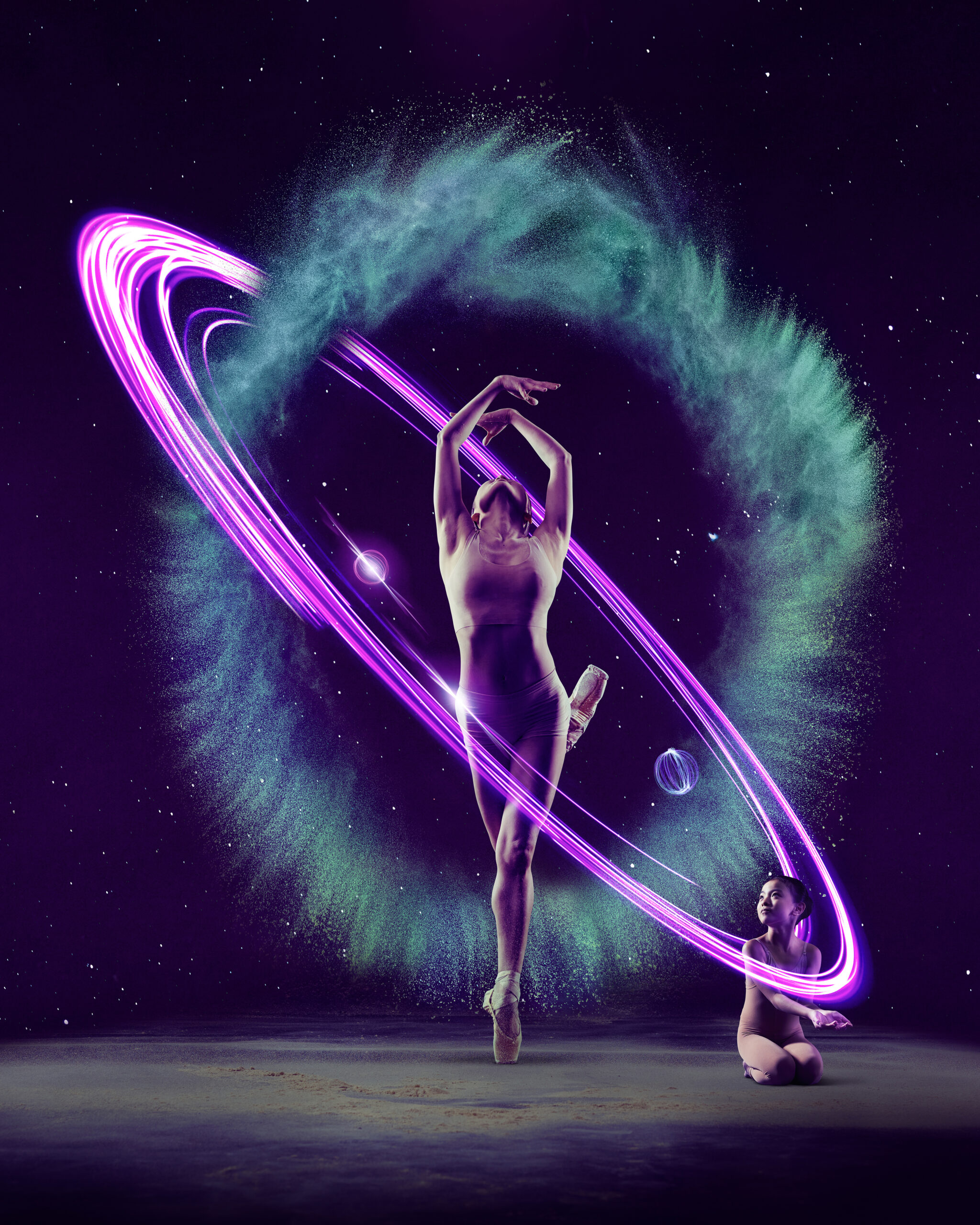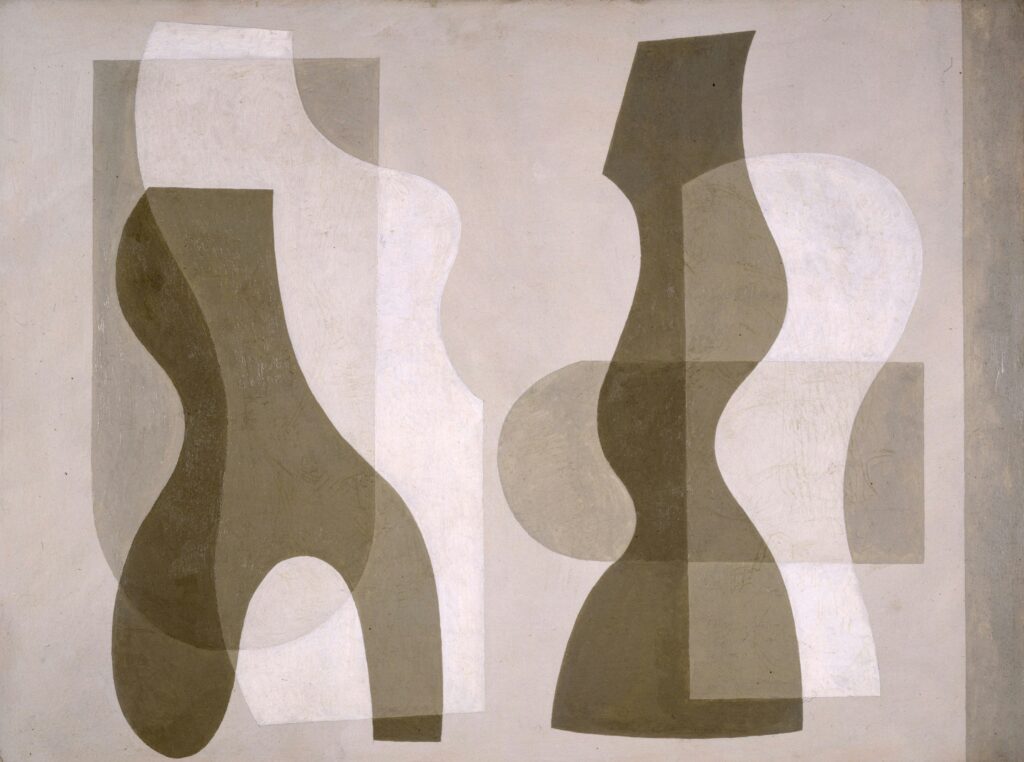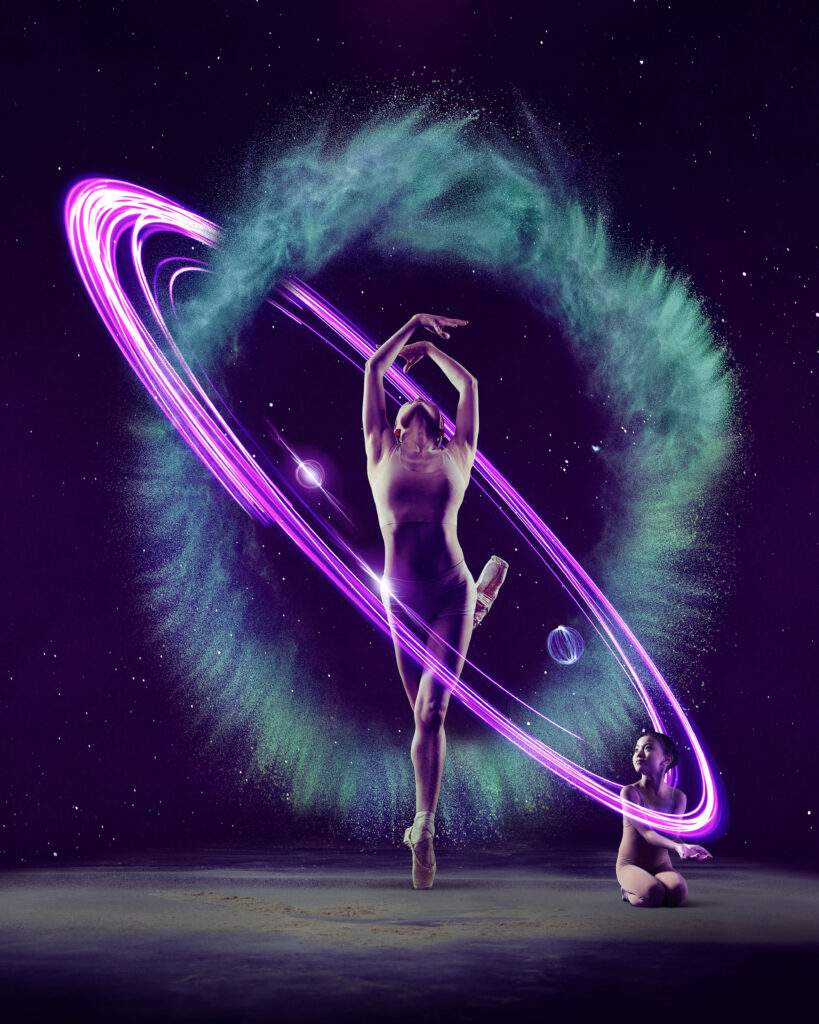
By the light of the full moon, between 1765 and 1813, the Lunar Society would meet monthly at Handsworth’s Soho House. Its members included Birmingham’s great industrialists and inventors: Matthew Boulton, James Watt, Josiah Wedgwood and John Baskerville. But, behind these men, who were their wives, sisters, daughters and housekeepers? The story of the city’s women has long been overlooked but, thanks to BRB, it is now taking centre stage.
This autumn, Luna will premiere at Birmingham Hippodrome before travelling to Sadler’s Wells. A two-act, abstract ballet in six movements, it forms the final part of Carlos Acosta’s Birmingham Trilogy, following on from City of a Thousand Trades and Black Sabbath-The Ballet, which take audiences inside the workshop of the world, where tradesmen thrived, and beats were born.
But Luna presents Birmingham in softer and more thoughtful terms. Devised by an all-female, international creative team, this radical new production leaves the city’s founding forefathers firmly in the wings. Instead, inspiration has been drawn from its pioneering and socially enterprising women, many of whom have been written into history by Louise Palfreyman, author of Once Upon a Time in Birmingham: Women Who Dare to Dream.
Replacing views of the city’s man-made, high-rise skyline with a silver moon, Luna starts with the cycles of life on earth. In Terra, choreographer Wubkje Kuindersma grounds her dancers – it references women’s strong connections to the natural world, with allusions to hundreds of ancient glacial boulders mysteriously sited in Birmingham’s parks. Dating back to the Ice Age, these giant rocks are reflected in the performers’ earthy-toned, patterned costumes, as designed by Imaan Ashraf.
Kuindersma’s opening scene also connects women with children, who will perform as part of a new community cast, singing together much like the collective voice of a Greek chorus. Luna emphasises women’s role as mothers and caregivers, who historically have assumed responsibility for their families, undertaking unpaid labour in the home.
After all, where would the Lunar men have been without their wives? Joseph Priestley, for instance, relied heavily on Mary to manage his household and look after their daughter, whilst he concentrated on his scientific research; yet, she was a highly intelligent, well-read companion, too.
Although typically they were not able to access a full education during the late eighteenth century, women were embedded in the Lunar men’s circle, and were not without influence or agency. Watt’s second wife Ann Priestley shared her husband’s interests in chemistry, while essential to the success of Boulton and Watt was their banker Charlotte Matthews, who not only received money on their behalf, but also analysed the markets and advised them on business.
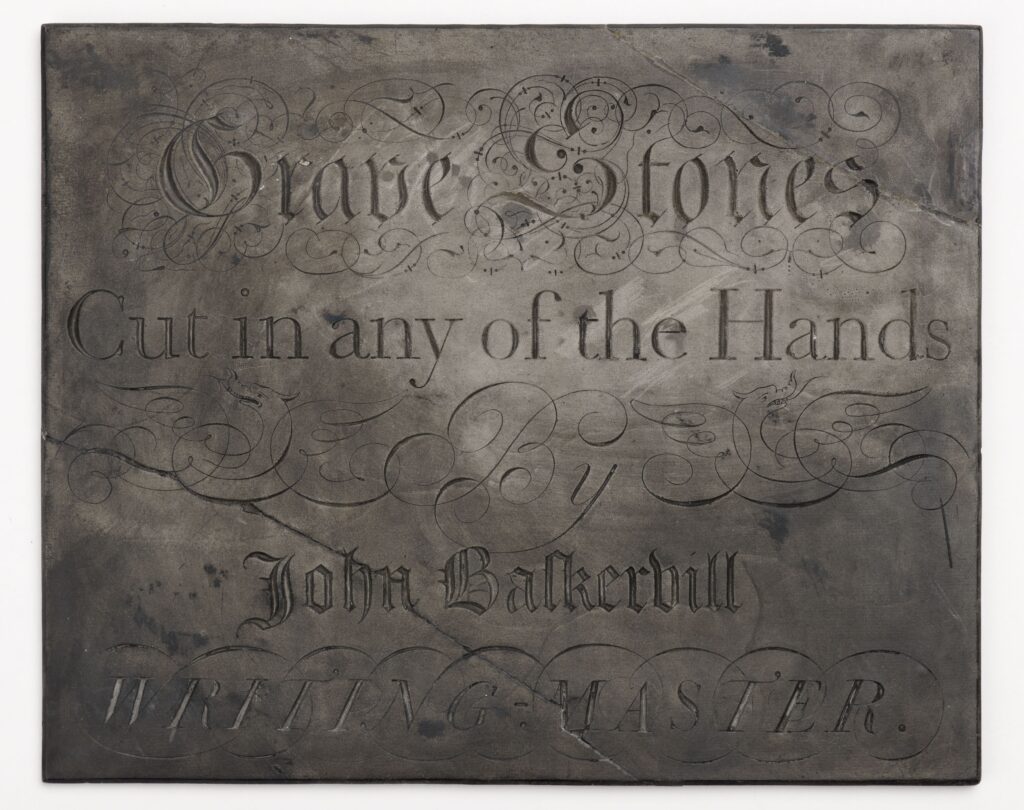
Behind closed doors, Baskerville’s housekeeper Mrs. Eaves was doing more than just dusting. She became his partner in printing, making meaningful contributions to one of the world’s most famous typefaces, which has taken his name, not hers. One better known name is Caroline Herschel – joining the Lunar men’s wider circle, she was the first professional female astronomer, and first woman to discover a comet.
Luna, then, imagines such women looking to the stars, and making their own way in the world. BRB’s Artistic team wanted to envision “what a female Lunar Society would have done” and, as Acosta says, “create a ballet for the heroines we’ve had in the community of Birmingham”.
Through her Enlightenment act, Seeta Patel presents education as a great force for good. She has imagined a future for young girls who dream big, like Malala once did, against a backdrop of animations drawn by local school children.
In the next act, and under the spell of Thais Suárez, ordinary women become extraordinary. Taking flight through the image of a phoenix, her dancers explode into space, crossing symbolic thresholds on journeys into independence, leaving memories of their fathers behind for their own futures in the skies.
In the female partnering work of Arielle Smith, meanwhile, women can be seen relying on other women – this has always been the case in Birmingham. Skilled craftswoman May Morris, who has been overshadowed by her more famous father, lectured at Birmingham School of Art, before founding the Women’s Guild of Arts in 1907 as a means of protecting the rights of women jewellers, illustrators and designers who were forging creative careers in the city and beyond.
Nor does Luna shy away from sharing the darker sides to the protagonists’ stories. Iratxe Ansa explores the ways in which women have endured mistreatment and overcome adversity. She has taken inspiration from large-scale drawings of Birmingham’s Barbara Walker, who uncovers the unsung muses of art history, subverting traditional masterpieces to bring Black figures to the forefront, making metaphors through shadow and light.
Likewise, the stage has become a canvas for designers Hayley Egan and Emma Jones, who cast projections of the moon, passing through its different phases, as the production becomes ever more celestial in its final act. This evocative storytelling device is enhanced by Kate Whitley’s specially composed score of symphonic sounds, with the voice of a female soprano soaring above that of the baritone, joined by a children’s choir.
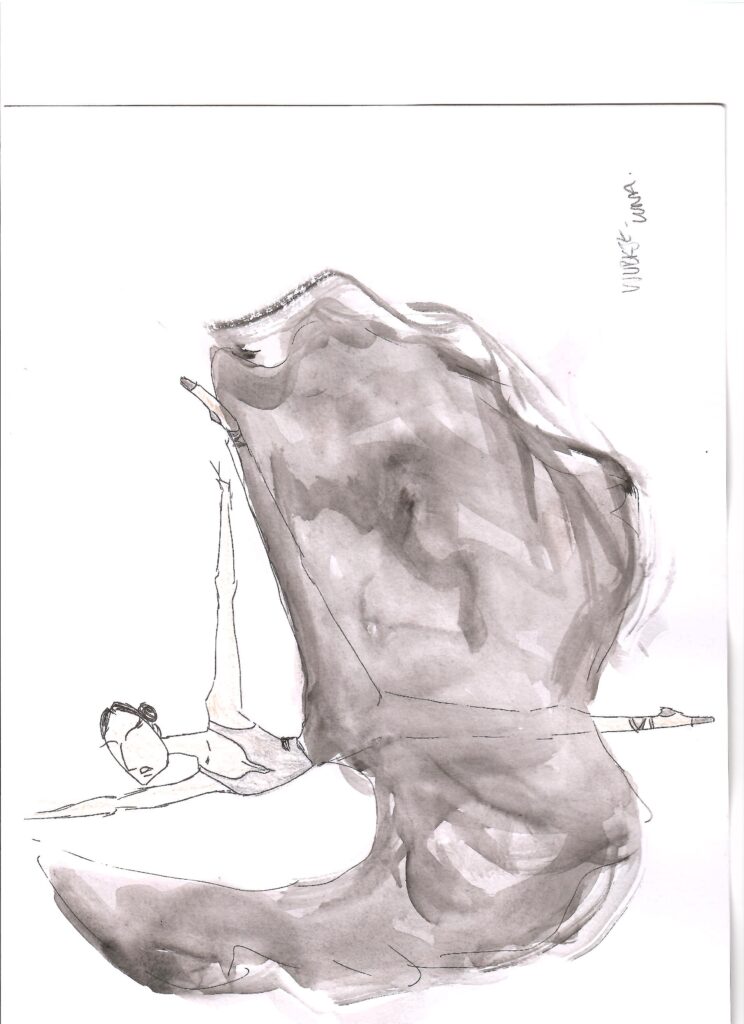
Reinvigorating the two-act ballet, Luna weaves together women’s stories, based on a patchwork of influences and inspirations, and merging traditional elements with contemporary dance. Uniting its five distinct choreographic voices, in an act of alchemy, is Birmingham-based producer, Caroline Davis, who says, “I hope that women from the city can see some of their own lives, hopes, dreams, challenges and strengths reflected on the stage.”
Acosta adds that, “Since this is an abstract and complex ballet, it will hold up a mirror for the audience to form their own interpretations and meanings. We want Birmingham’s community to come and watch this new creation, which speaks about them.” At the same time, this finale in his trilogy shares another story of the city where BRB is based: “We’re raising awareness about how important this city has been”.
While the Lunar Society’s male members ignited the Industrial Revolution, Birmingham’s women have played an equally significant role in its history. Rather than performing traditional roles – as love interests – Luna’s female performers stage the more artistic parts of their lives. Illuminated at last, the city’s heroines are crackling with their own energy and electricity, ideas and imaginations, as they unite with great power by the light of the moon.
This text was originally written and published by BRB ahead of Luna’s world premiere. The production runs from 3-23 October 2024.
Further Reading
The Lunar Men: The Friends Who Made the Future by Jenny Uglow, 2003
